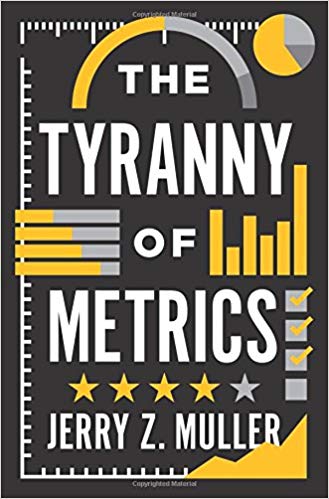What is the Rule of 40 in SaaS?
The SaaS space uses many different metrics. A popular one is the Rule of 40. But what is the Rule of 40, and why is it used?
What is the Rule of 40?
The Rule of 40 is a growth metric calculated as Revenue Growth + Profit Margin in percentage terms. The objective is for the sum to be 40% or greater. As an example, if your revenue growth is 50% and your profit goes down 10%, your score is 40%.
In the original Rule of 40 post from Brad Feld, revenue growth is calculated as year-over-year MRR. The figure used for profits is typically EBITDA.
Why is the Rule of 40 used?
Solely focusing on top line revenue growth does not look at the quality of the growth. In other words, some growth is better than others. Revenue growth that also results in profit growth is generally superior to revenue growth that lowers profits. The Rule of 40 seeks to balance the importance of top and bottom line performance.
It is important to note that the Rule of 40 was originally conceived by venture capitalists to evaluate companies at scale ($50 million in revenue), not early stage companies. If you are an early stage company, you can still look at the Rule of 40. However, unit economics metrics such as churn or customer acquisition cost are more important than the Rule of 40.
Tomasz Tunguz has more information on the Rule of 40, including graphs of how public companies stack up against this rule.






